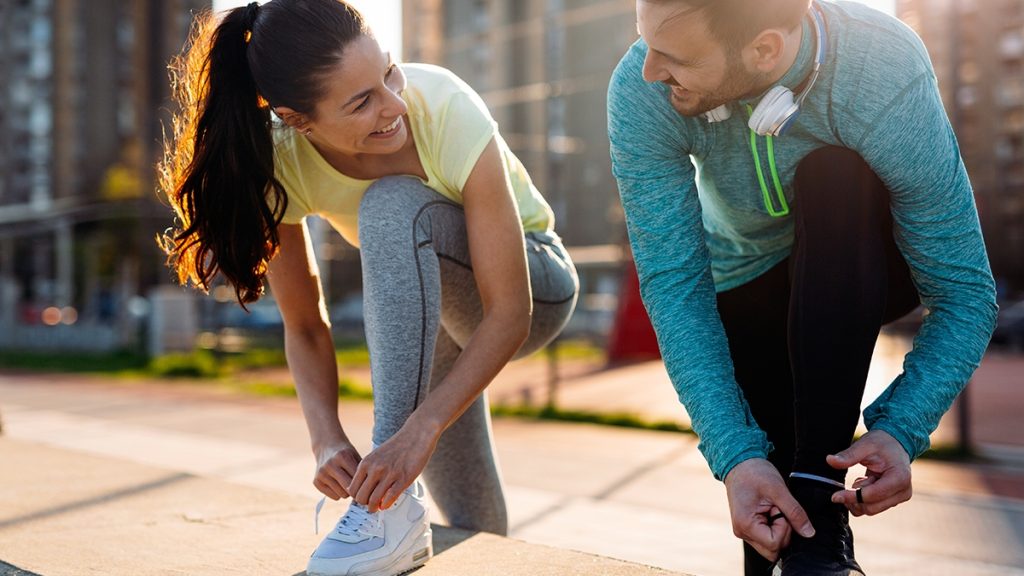When anxious, it’s good to exercise. Walking can help, too. How does it work and why?
Brain Chemistry
Physical activity affects your body chemistry. It’s all about hormones. When one feels in danger or uncertainty, one is under the influence of cortisol, the “stress hormone.” The more anxious thoughts, the more cortisol. It can happen even when you’re losing at Woo Casino or are late at work.
Trying to calm a person down with words probably won’t work – cortisol doesn’t disintegrate just from happy thoughts. But starting to squat or engage in any other physical activity will be useful: even if nothing changes at the level of thoughts, the old cortisol will start to filter out and come out. The more intense the activity, the faster the body will get rid of the cortisol. The anxious thoughts may remain, but the anxious state may become much less acute.
People used to have to move a lot to survive. Our bodies are set up so that we get, if not pleasure from movement, at least a normal general state. This can be seen in the way our body reacts to physical activity: serotonin and endorphins are released, which relieve pain and give a state of slight euphoria. Earlier it was needed to run away from enemies in spite of pain. Now it helps fight anxiety. Serotonin regulates the intensity of anxiety: if there is enough of it, the mood is consistently good.
Immune System
Exercise speeds up the blood, immune system cells spread faster and fight viruses and bacteria more effectively. Exercise affects the intestinal microflora – more bacteria appear, which are needed to strengthen the immune system. Regular jogging or walking improves blood circulation, the circulatory system and strengthens the heart.
The opposite is also true: if you freeze in one place, the body begins to experience congestion and headaches, concentration decreases, and the body becomes sluggish. All this adds up to general anxiety and it only gets worse.
Attention Shifting
The brain constantly wants to be busy. It doesn’t care what it’s doing: wondering about the future, solving problems at work, or thinking about what to make for dinner. If the brain starts to bury itself in anxiety, it can be distracted – toss him another task.
Switching from anxiety is pretty easy during a workout-especially yoga or track and field stuff, when you have to do complex movements. The brain is focused on standing properly, keeping the right limbs in the right positions, and this generally shifts attention.
Communicating With People
Physical activity is closely related to social contact. Jogging with a partner, yoga with friends, working out with a trainer or a group exercise class improves your mood simply because you’re not in your shell but in contact with others. If you work remotely, this can be especially true.
Humans in general are very social, we physically need to be around others, communicate, make contact, exchange social signals, look at each other and show ourselves off. It’s part of our nature. When you sit at home and worry about a newsfeed, none of that happens, and it just makes it worse.
Not Having Time for Sports
Sport is a loose term: you can go to the gym and exhaust yourself, or you can take a nice walk in the park. You can do yoga, or you can lift weights. You can run, or you can row in the gym. You can work out for half an hour or two hours. Something works for everyone.
If you don’t have time to exercise, that’s always an excuse. There is no such thing as “no time” – time is the same for everyone. But there may be no priorities, no tasks, no desire or will. Universal advice is to start with something small and uncomplicated and see how the body reacts.
